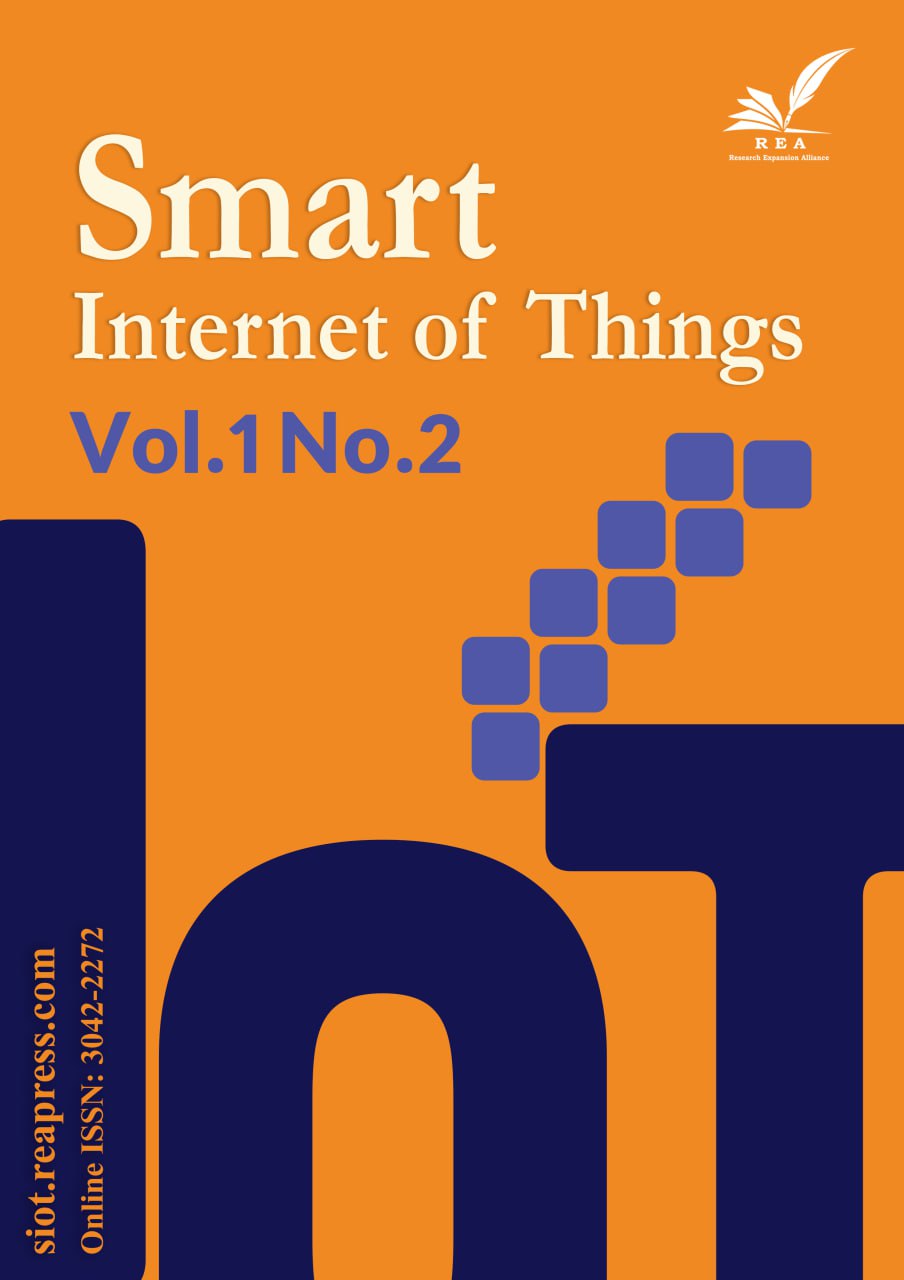The Digital Nomad Revolution: Redefining Tourism in the Era of Remote Work
Abstract
The rise of digital nomadism, fueled by advancements in technology and the increasing prevalence of remote work, is redefining tourism and the modern workforce. This paper explores how digital nomads—professionals who work remotely while traveling—are transforming tourism and reshaping the way people work. It examines the origins and growth of the digital nomad movement, the role of technology in enabling location-independent work, and the impact of the COVID-19 pandemic in accelerating these trends. Additionally, the paper highlights how digital nomads differ from traditional tourists, contributing to local economies through longer stays and unique spending patterns. Various types of digital nomad destinations, including urban hubs, coastal retreats, and emerging hotspots, are analyzed for their appeal to this new class of traveler. The research also delves into the economic and social implications of digital nomadism, noting both the benefits and challenges it poses to local communities and infrastructure. As digital nomadism continues to grow, this paper anticipates that the movement will shape the future of work, tourism, and lifestyle, calling for sustainable practices and adaptive policies to ensure its positive impact.
Keywords:
Digital nomadism, Remote work, Travel, Tourism, Long-term stays, Economic impact, Local communities, SustainabilityReferences
- [1] Arbutina, H., Šinković, Z., & Pribisalić, L. (2023). The legal status of digital nomads. 2023 46th mipro ICT and electronics convention (MIPRO) (pp. 1422–1427). IEEE. https://ieeexplore.ieee.org/abstract/document/10159694
- [2] Chevtaeva, E., Neuhofer, B., & Rainoldi, M. (2022). The “next normal” of work: How tourism shapes the wellbeing of remote workers. CAUTHE 2022 conference online: Shaping the next normal in tourism, hospitality and events: Handbook of abstracts of the 32nd annual conference (p. 33). Council for Australasian University Tourism and Hospitality Education (CAUTHE). https://www.researchgate.net
- [3] de Almeida, M. A., Correia, A., Schneider, D., & de Souza, J. M. (2021). COVID-19 as opportunity to test digital nomad lifestyle. 2021 IEEE 24th international conference on computer supported cooperative work in design (CSCWD) (pp. 1209–1214). IEEE. https://doi.org/10.1109/CSCWD49262.2021.9437685
- [4] Shawkat, S., Abd Rozan, M. Z., Salim, N. B., & Shehzad, H. M. F. (2021). Digital nomads: A systematic literature review. 2021 7th international conference on research and innovation in information systems (ICRIIS) (pp. 1–6). IEEE. https://ieeexplore.ieee.org/abstract/document/9617008/
- [5] Li, Z., Huo, M., Huo, T., & Luo, H. (2024). Digital tourism research: A bibliometric visualisation review (2002–2023) and research agenda. Tourism review, 79(2), 273–289. https://www.emerald.com/insight/content/doi/10.1108/TR-03-2023-0176/full/html
- [6] Preko, A., Amoako, G. K., Dzogbenuku, R. K., & Kosiba, J. (2023). Digital tourism experience for tourist site revisit: an empirical view from Ghana. Journal of hospitality and tourism insights, 6(2), 779–796. https://www.emerald.com/insight/content/doi/10.1108/JHTI-10-2021-0294/full/html
- [7] Roziqin, A., Kurniawan, A. S., Hijri, Y. S., & Kismartini, K. (2023). Research trends of digital tourism: a bibliometric analysis. Tourism critiques: practice and theory, (ahead-of-print). https://www.emerald.com/insight/content/doi/10.1108/TRC-11-2022-0028
- [8] Guo, K., Fan, A., Lehto, X., & Day, J. (2023). Immersive digital tourism: the role of multisensory cues in digital museum experiences. Journal of hospitality & tourism research, 47(6), 1017–1039. https://doi.org/10.1177/10963480211030319
- [9] Wider, W., Gao, Y., Chan, C. K., Lin, J., Li, J., Tanucan, J. C. M., & Fauzi, M. A. (2023). Unveiling trends in digital tourism research: A bibliometric analysis of co-citation and co-word analysis. Environmental and sustainability indicators, 20, 100308. https://www.sciencedirect.com/science/article/pii/S2665972723000855
- [10] Sari, A. E. (2023). Digital tourism analysis based on technology acceptance model (TAM) to improve tourist destinations in kerinci regency. International journal of economics, business and innovation research, 2(05), 35–46. https://journals.sagepub.com/doi/abs/10.1177/14673584231198414
- [11] Zheng, D., Huang, C., & Oraltay, B. (2023). Digital cultural tourism: progress and a proposed framework for future research. Asia pacific journal of tourism research, 28(3), 234–253. https://doi.org/10.1080/10941665.2023.2217958
- [12] Fernández-Díaz, E., Jambrino-Maldonado, C., Iglesias-Sánchez, P. P., & de las Heras-Pedrosa, C. (2023). Digital accessibility of smart cities-tourism for all and reducing inequalities: Tourism agenda 2030. Tourism review, 78(2), 361–380. https://www.emerald.com/insight/content/doi/10.1108/TR-02-2022-0091/full/html
- [13] Deb, S. K., Nafi, S. M., & Valeri, M. (2024). Promoting tourism business through digital marketing in the new normal era: A sustainable approach. European journal of innovation management, 27(3), 775–799. https://doi.org/10.1108/EJIM-04-2022-0218


